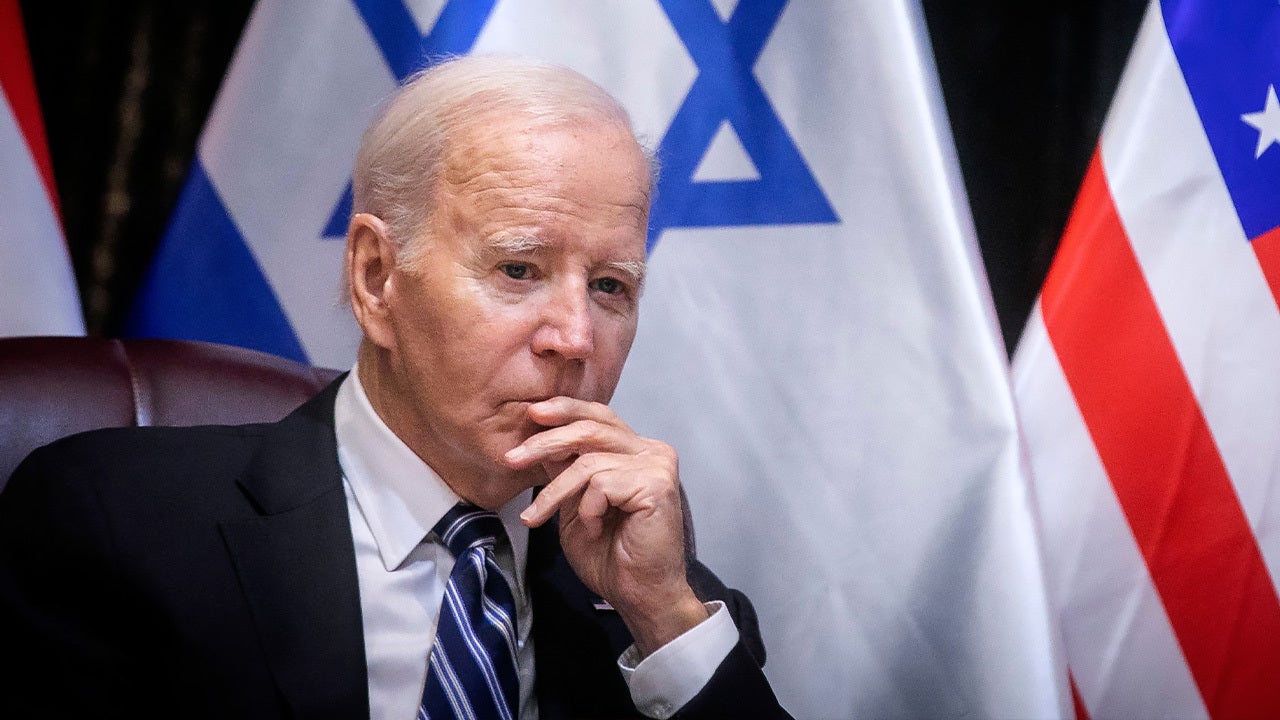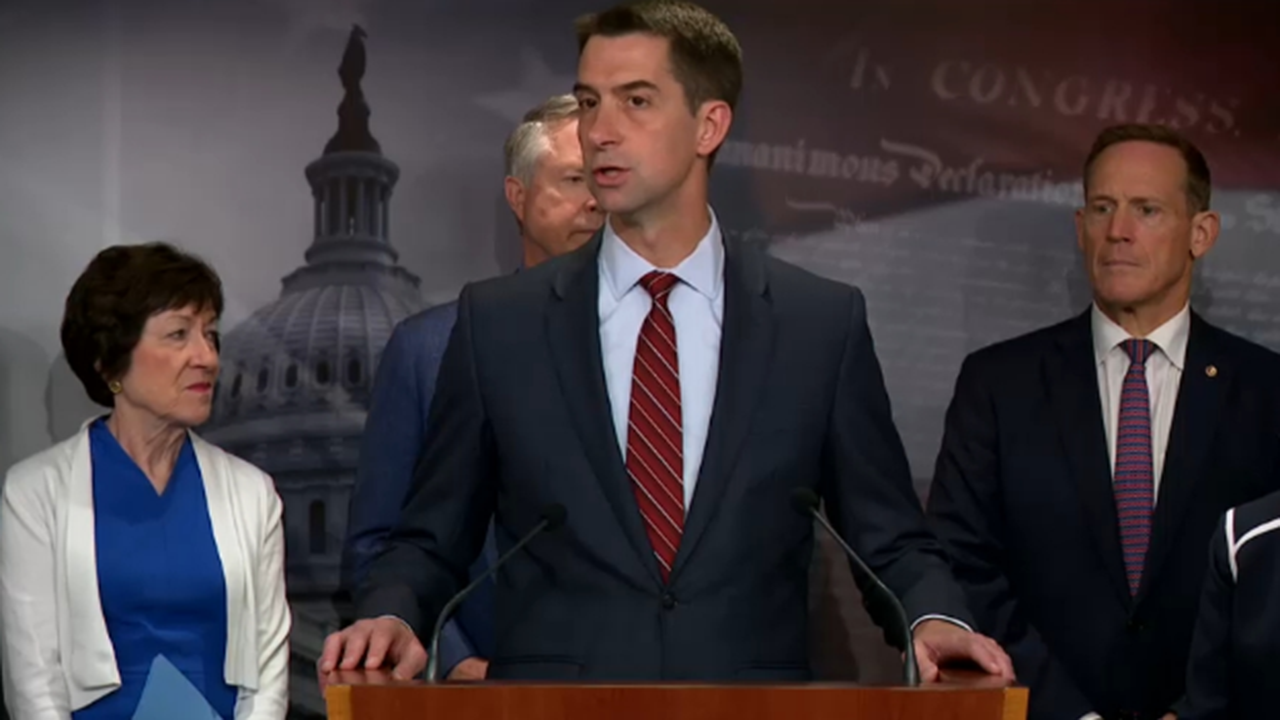Nuclear Weapons at Any Price? Congress Should Say No
Costs are skyrocketing to modernize the U.S. nuclear arsenal. Instead of turning a blind eye, Congress should demand fiscal oversight and make hard decisions balancing costs with deterrence
Science History Images/Alamy Stock Photo
Bipartisanship seems rare in Congress these days. But one place to consistently find agreement between Democrats and Republicans is support for modernizing the U.S. nuclear arsenal—currently numbering almost 5,000 nuclear warheads, plus the triad of missiles, submarines and bombers to deliver them. Unfortunately, that consensus also seems to extend to turning a blind eye to the exploding costs, which helps explain why the original $1 trillion modernization program proposed in 2010 today has a price tag approaching $2 trillion. That estimate is likely to escalate even further by 2050—the supposed end date for modernization.
Supporting nuclear modernization at any price is neither necessary nor affordable. Instead, Congress needs to improve, and be held accountable for, fiscal oversight of the nuclear arsenal.
Congress should first start by looking at the intercontinental ballistic missiles (ICBMs). In January of this year, the Air Force announced that the price tag for its new ICBM—the Sentinel—had increased by more than 37 percent. This triggered a review mandated by the Nunn-McCurdy Act—a 1982 law that sought to rein in the spiraling cost of military spending. Sentinel’s increased cost—from $96 billion to $130 billion over the next 10 years—is a “critical breach” of the act and should lead to termination of the program. To avoid this, the secretary of defense must explain the cause of the cost growth and restructure the program, which he is expected to do in coming months.
On supporting science journalism
If you’re enjoying this article, consider supporting our award-winning journalism by subscribing. By purchasing a subscription you are helping to ensure the future of impactful stories about the discoveries and ideas shaping our world today.
But the Sentinel “critical breach” underplays modernization’s inflation. In 2015 the U.S. Air Force put the price of a new ICBM program at $62 billion and argued that a new missile would be cheaper than maintaining the current Minuteman III ICBMs. A year later an independent Pentagon evaluation had argued that costs could go as high as $150 billion—yet the official estimate put the price at $85 billion. Congress failed to investigate why the budget request was based on the lower figure. So far, no hearings are planned to investigate the Sentinel cost overrun or to consider the options for restructuring or eliminating the program. For perspective, Congress has held two hearings on UFOs in the last two years.
Not to be outdone, the National Nuclear Security Administration (NNSA)—the part of the Department of Energy in charge of making warheads for the nuclear arsenal—announced on April 18 that building the facilities to make plutonium pits for those warheads would cost $28 to $37 billion—a significant jump over the 2018 estimate of $8.6 to 14.8 billion. But that increase doesn’t capture the full picture of the cost inflation that has plagued pit production.
Until 1989, pits were made at Rocky Flats, a U.S. government facility operated by a contractor that was raided by the FBI and subsequently closed after numerous environmental and safety violations. Since that time, only a handful of pits have been made, all at Los Alamos National Laboratory, which itself has a history of safety problems.
In the late 1990s, NNSA began proposing expanded pit production at Los Alamos. In 2001 it proposed a facility to produce 80 pits per year at an estimated cost of $375 million. By 2011 the price tag for pit production had grown to between $3.7 and $5.8 billion—even at that time seen as unrealistically low because the facility’s design had yet to be completed and the estimate was for construction only, not operations and maintenance. By 2014, that plan was abandoned, and a new one was introduced with an estimated cost of $4.3 billion. Soon that too ran over budget and behind schedule. You might notice a pattern here.
At this point, Congress stepped in. But not to investigate the reasons for the cost overruns. Instead, in the 2015 National Defense Authorization Act, Congress simply ordered NNSA to succeed. It decreed that NNSA had to make 80 pits per year by 2027, later extended to 2030. Frustrated with the seeming inability of Los Alamos to make progress, in 2018 pit production was expanded to another NNSA facility: the Savannah River Site in South Carolina. The plan now is to repurpose for pit production a building originally intended to recycle plutonium from dismantled Cold War nuclear weapons to turn it into fuel for nuclear reactors. But that original disarmament project was terminated in 2018 after costs rose from a 2004 estimate of $1.8 billion to $17.2 billion. Congress never held hearings to assess the reasons for this cost escalation, lessons learned or how to prevent similar problems in the future.
If major projects at NASA, the Veterans Administration or almost any other government agency mimicked these problems, Congress would hold hearings and demand explanations. Nuclear modernization deserves the same hard scrutiny.
Congress should require independent cost estimates of the Sentinel program, pit production at both Los Alamos and Savannah River, and any other major nuclear modernization program where the estimated cost exceeds the original baseline by 50 percent or more—a threshold in the Nunn-McCurdy Act. These estimates should be undertaken by an entity that has no fiscal stake in the outcome, and is politically insulated from those who do.
Unlike the Defense Department’s Cost Assessment and Program Evaluation (CAPE) office, which has a track record of independent analysis, the NNSA has struggled to develop a similar oversight capability. The NNSA remains on GAO’s list of federal agencies that are “vulnerable to waste, fraud, abuse, and mismanagement,” or that need broad reform, since the list was first created in 1990. The NNSA has shown, repeatedly, that it cannot change itself.
It’s reasonable, of course, that cost estimates for projects involving uncertainties such as technologies still under development can result in a range of estimates. Routinely rubber-stamping endorsements of the lower figures, however, should stop. Instead the president’s budget submission should adopt the highest credible estimate, accompanied by an explanation of how the program will strive to come in under budget.
Independent cost estimates typically link budgets to services, such as plutonium processing, or material things such as facilities or weapons. In the case of nuclear modernization, though, that’s not sufficient; the link needs to extend to the impact on the strategy of deterrence. Nuclear weapons threaten the lives of billions of people. Does $14 billion worth of pit production provide better deterrence than $37 billion worth? Is a $118 million Sentinel missile more effective at preventing nuclear war than an existing ICBM that costs half as much? It’s only by linking dollars to deterrence that Congress can assess the tradeoffs and move beyond the notion that nuclear modernization is justified regardless of the final price tag.
This is an opinion and analysis article, and the views expressed by the author or authors are not necessarily those of Scientific American.















